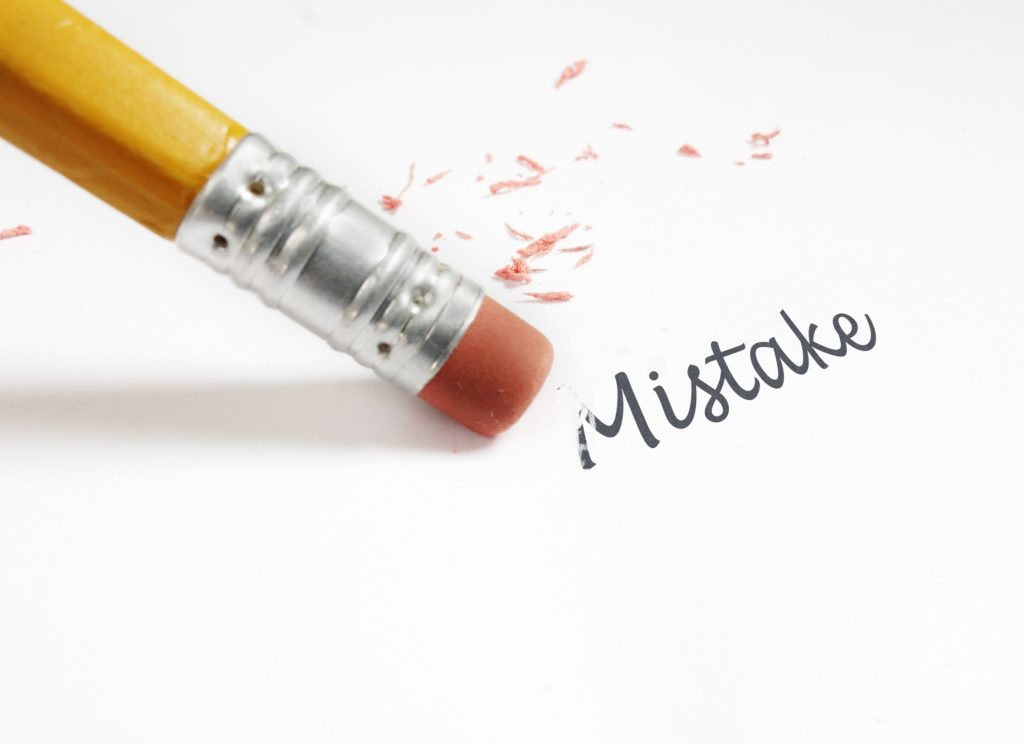
Staying ahead of the competition and maintaining a strong presence in your industry are essential no matter what business you are in. To accomplish these goals, one often overlooked yet powerful tool is the press release. While press releases may seem like relics of a bygone era, they are still incredibly effective for sharing important news, increasing marketplace visibility and building credibility with target audiences. Well-written press releases encourage journalists, bloggers and influencers to write a story about you, your topic or company. As such, it is essential for marketers to create compelling, relevant and timely content.
Eight Press Release Mistakes to Avoid
Writing a news release that the media will publish and the public will engage with requires specialized skills. To craft a press release that will attract the media coverage and attention you seek, avoid these common press release mistakes.
1. Failing to Provide a Newsworthy Angle
The sole purpose of news outlets—newspapers, magazines, trade publications, industry blogs, television and radio stations, and other media sources—is to report news, not to promote your products and services. If your press release isn’t about something newsworthy, it will never see the light of day. When considering what is newsworthy, remember that it is in the eye of the beholder. For an industry trade publication, your company’s new product announcement could be considered news, but the Wall Street Journal probably won’t consider it newsworthy. To determine what is newsworthy, ask yourself:
- Is it timely?
- Is it important to my industry and/or target audiences?
- Is it useful, unique or interesting?
- Is it aligned with my target audiences?
- Is this a story or just a statement?
While hiring a new vice president might seem newsworthy to company leaders, it likely won’t garner the attention of the media. But if the vice president will be launching a new division, product or service that will solve a pressing industry problem, it could be considered newsworthy. Media relations experts Cision has put together a list of 40 newsworthy reasons to write a press release.
Whenever you see a news story, get into the habit of asking yourself, “What made that story newsworthy?” It’s good practice for identifying news hooks for your stories.
2. Neglecting an Engaging Headline
Your news release’s headline is the first thing journalists and readers see. Failing to craft a compelling headline can doom your release from the start. If the title doesn’t grab the reporter’s attention, they may not read any further. When crafting your headline, avoid anything generic or overly long. Instead, aim for a concise, attention-grabbing statement that conveys the most important information. Try to keep the headline under 100 characters (65 characters is best for Google) be sure to use active voice. To test the effectiveness of your headline, try tools like CoSchedule’s Headline Analyzer or Sharethrough’s free option.
3. Ignoring the Inverted Pyramid Structure
Most news articles follow an inverted pyramid structure with the most critical information at the beginning of the story and additional details presented in descending order of importance. Your release should adopt this structure to ensure that the most vital information is immediately clear. The lead paragraph, often called the “hook,” should entice readers and journalists to continue reading and should contain the most important information. Don’t bury your main message deep in the release—put it front and center and make it captivating. A successful press release is understood entirely just by reading the first paragraph.
4. Not Following Journalistic Writing Style
Press releases should follow Associated Press (AP) style, the gold standard for journalistic writing. This helps journalists cover your story without having to spend time on heavy rewrites. Additional journalistic hallmarks to consider include:
- Write in the third person (he, she, they), never the first (I, we) or second (you) person.
- Use short sentences and paragraphs.
- Eliminate unnecessary and redundant words.
- Use active, not passive, voice.
- Remain objective and state facts, not opinions.
- Include only one space after a period.
- Avoid excessive technical jargon.
5. Trying to Cover Too Much Information
The main objective of a press release is to deliver a single, concise message. The longer a release is, the less likely a journalist will read it. According to press release distributors eReleases, press releases should be between 300 and 500 words, with 400 words being the optimum target, and should fit on a single page. Do not include every detail in your press release—the goal is to pique a journalist’s interest and have them reach out to you to learn more. Stick to the essentials and trim unnecessary content.
6. Making Your Press Release Sound Like an Advertisement
The harsh truth is that journalists aren’t interested in you or your organization. They’re interested in covering compelling news stories that are a perfect fit for their audience. Press releases that sound like you’re trying to promote you or your company—rather than provide newsworthy content—will be rejected. When writing a press release, put yourself in your audience’s shoes. Consider if the story is indeed a story and, if so, whether it’s an interesting one. Ask yourself: if you heard your press release read over the radio, would it sound more like an advertisement or a news story?
7. Failing to Include Credible or Usable Quotes
Quotes from key figures in your organization or expert opinions add depth and credibility to your press release. They can also make it more engaging and relatable, offering a human perspective in an otherwise objective news story. As such, they can shed a favorable light on your business. That doesn’t mean you should forsake credibility for self-promotion. Rambling, sales-y or inauthentic quotes are why journalists rarely use the quotes they find in press releases. Journalists may reach out for quotes if they aren’t included in your press release, but most don’t have the time. Instead, they’ll skip your story for one that is ready-made for publication. Providing a concise, objective quote from a credible source increases the chance your press release earns coverage.
8. Not Including Multimedia Elements
Stories that include photos, videos, infographics and other visual elements get people’s attention and engage them more than those without graphics. For this reason, news releases that include images receive far more views than those that do not. Be sure to include a compelling caption for each element and the full names of any people pictured. Most distribution services offer requirements regarding the number of images allowed, resolution and multimedia size. At a minimum, include at least one or two relevant images with your release. Don’t use stock images―include only original photos and graphics.
Put Your Best Foot Forward

While digital channels continue to grow, it’s easy to write off press releases as a dated media strategy. But when done effectively, press releases establish relationships with the media, build credibility and help you control the narrative about your brand. They also drive traffic to your website, increasing engagement with target audiences and driving sales. The most important reason to send press releases? Journalists want them. Reporters are always on the lookout for a good story and a quality, newsworthy press release can be their most useful resource for discovering new ideas for stories to share with their readers.

